Cartagena de Indias in 5 plazas
A journey through the plazas of Cartagena de Indias offers an overview of its history from the colonial era to the present day.
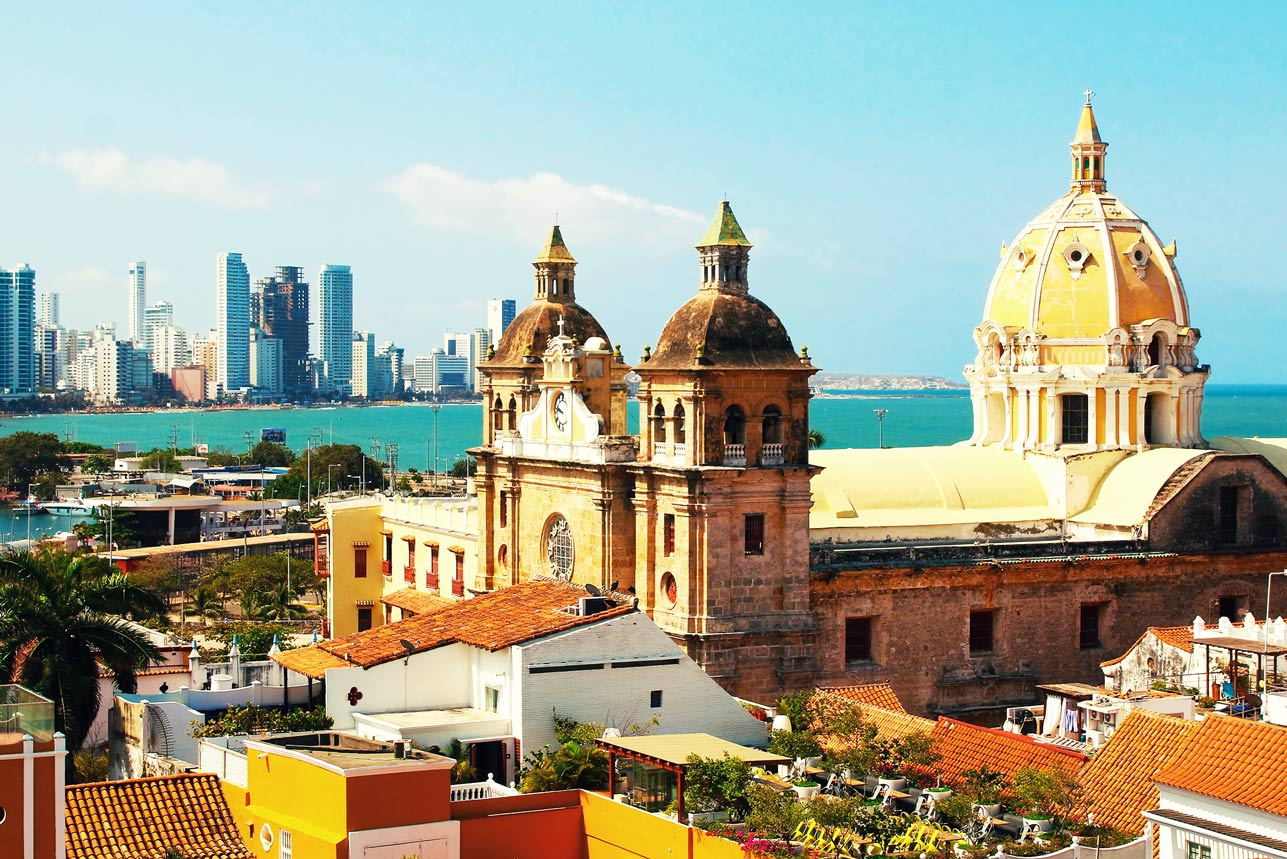
Colorful, lively and charming, Cartagena de Indias is one of the loveliest colonial cities in the Caribbean. Behind the cobblestone streets and picturesque selfies, there is a place that emanates history, legends and tales of piracy, conquistadors, benevolent saints and cruel inquisitors. Learn about some of these events by visiting the main plazas.
Vacationing in Cartagena de Indias: discover the city, from plaza to plaza
1- Plaza de los Coches
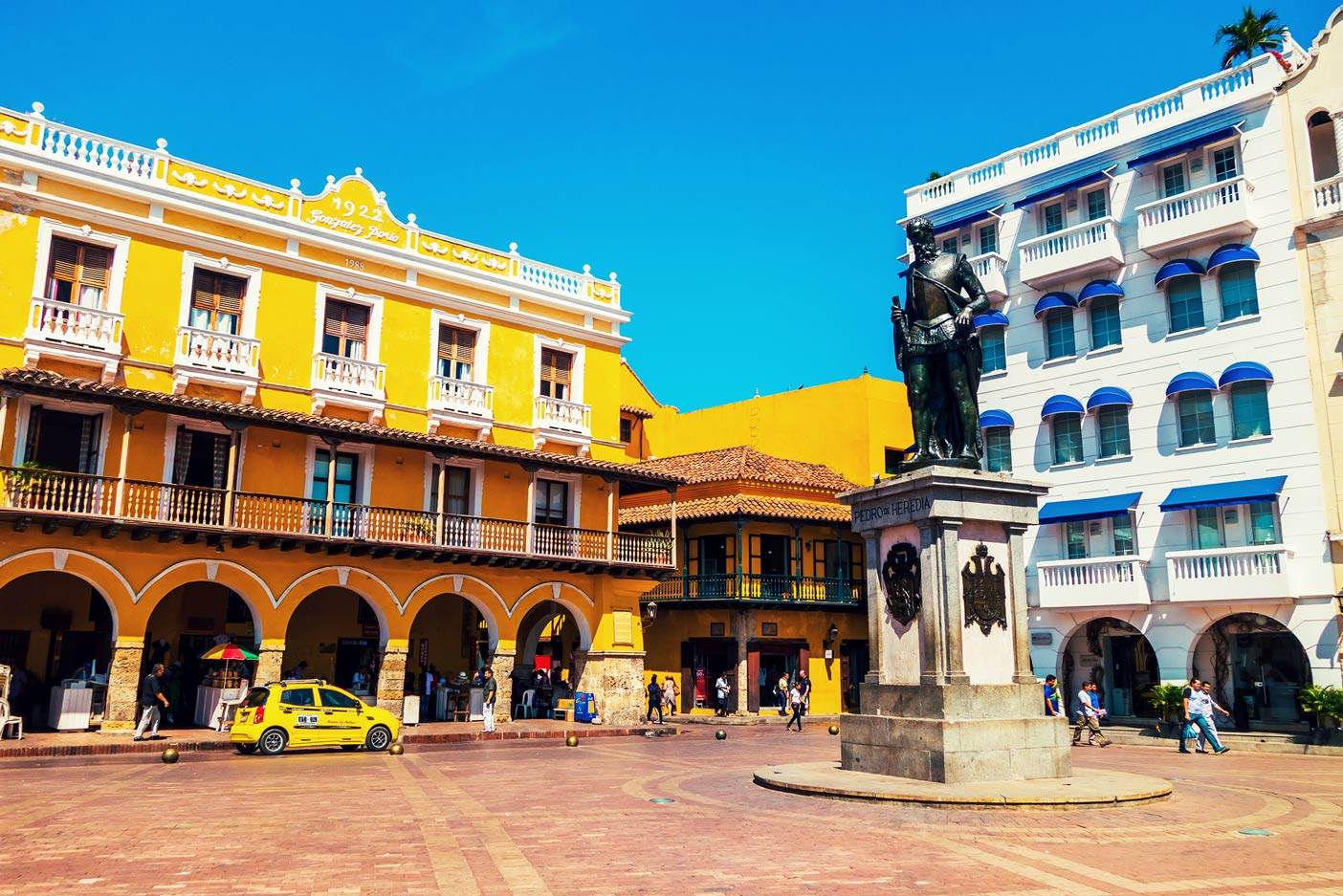
This is probably the first plaza that appears upon entering the city. Although it is labeled as Plaza de Ecuador, this esplanade is commonly known as Plaza de los Coches since parking is allowed here. However, it had several other names before this, referring to positive as well as negative aspects.
It was previously called Plaza del Esclavo since it housed the local slave market, and also Plaza de los Mercaderes because it became a hub for trade, especially imported goods.
In present day, delicious artisanal creations from the Colombian coast can be found at the “Portal de los Dulces”. Nearly all the routes begin in the heart of the city. When vacationing in Cartagena, visitors should be sure to check out the views of the San Sebastián del Pastelillo Fortress, La Popa Convent, the Rosario Islands and the beaches in Manzanillo del Mar Bay, home of the Occidental Cartagena hotel that serves as the ideal base when staying in Cartagena de Indias.
2- Plaza de Simón Bolívar
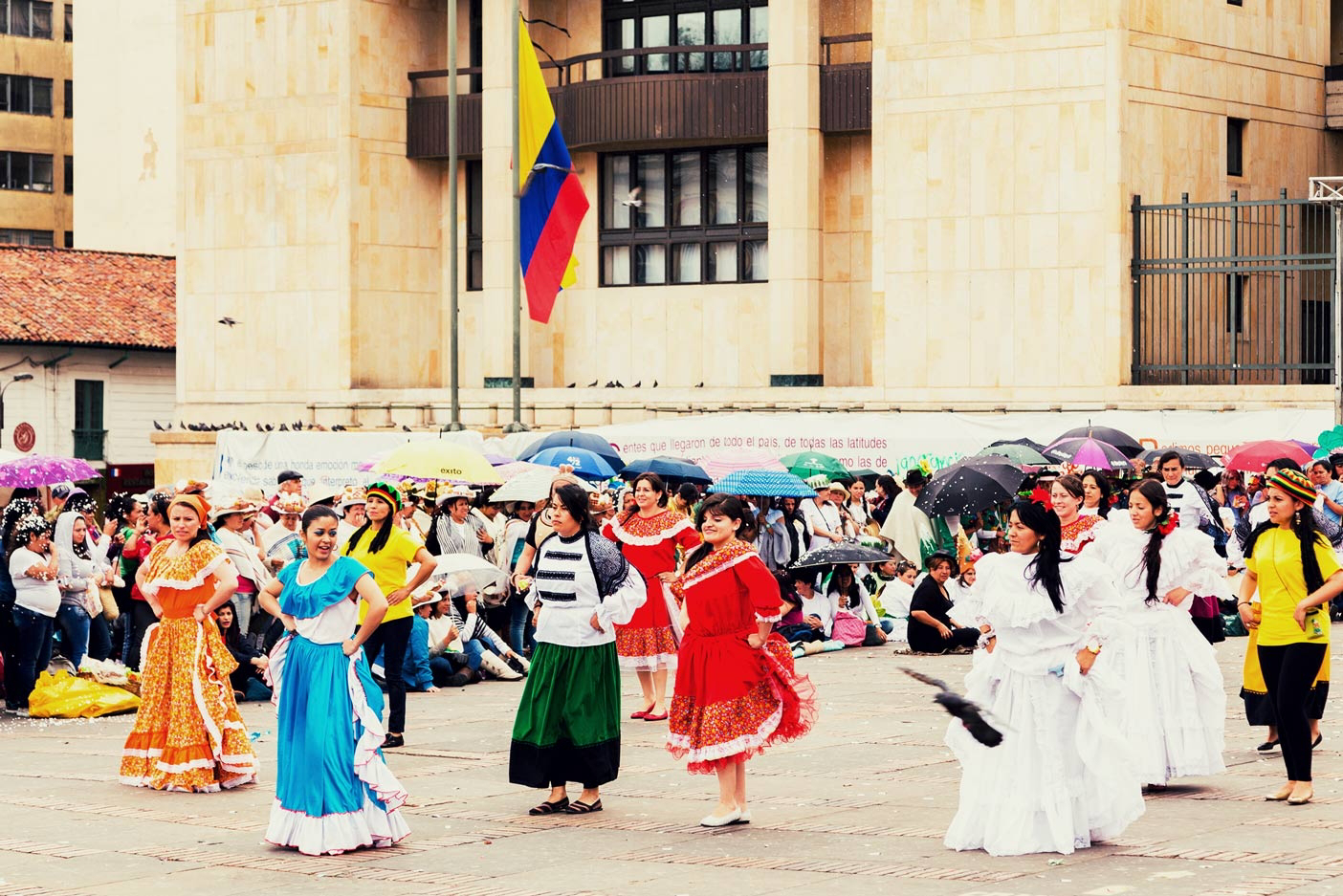
Just like other destinations in Colombia, Cartagena has a plaza in honor of the nation’s liberator. This is not just any plaza, but rather the most important, with the most activity and the most majestic buildings. It has existed since the colonial era and is the location of the Palace of Inquisition (which housed the Tribunal of the Holy Office and is where Cartagena’s first auto de fé or act of faith took place), the town council (now the Governor's Office of the Department of Bolívar) and the cathedral, which was built between 1577 and 1612 to replace a church made of wood and reeds. In one of the multiple pirate attacks, the temple was damaged by Sir Drake and the bells—along with 17,000 ducats—served as payment to rescue the city.
Plaza de Simón Bolívar marks the location of the Gold Museum, which recalls the era when the city stored gold originating from the Viceroyalty of Peru, and also the Banco de la República. It is a favorite spot where locals like to take a stroll, enjoy ice cream, and play domino or chess.
3- Plaza de la Aduana
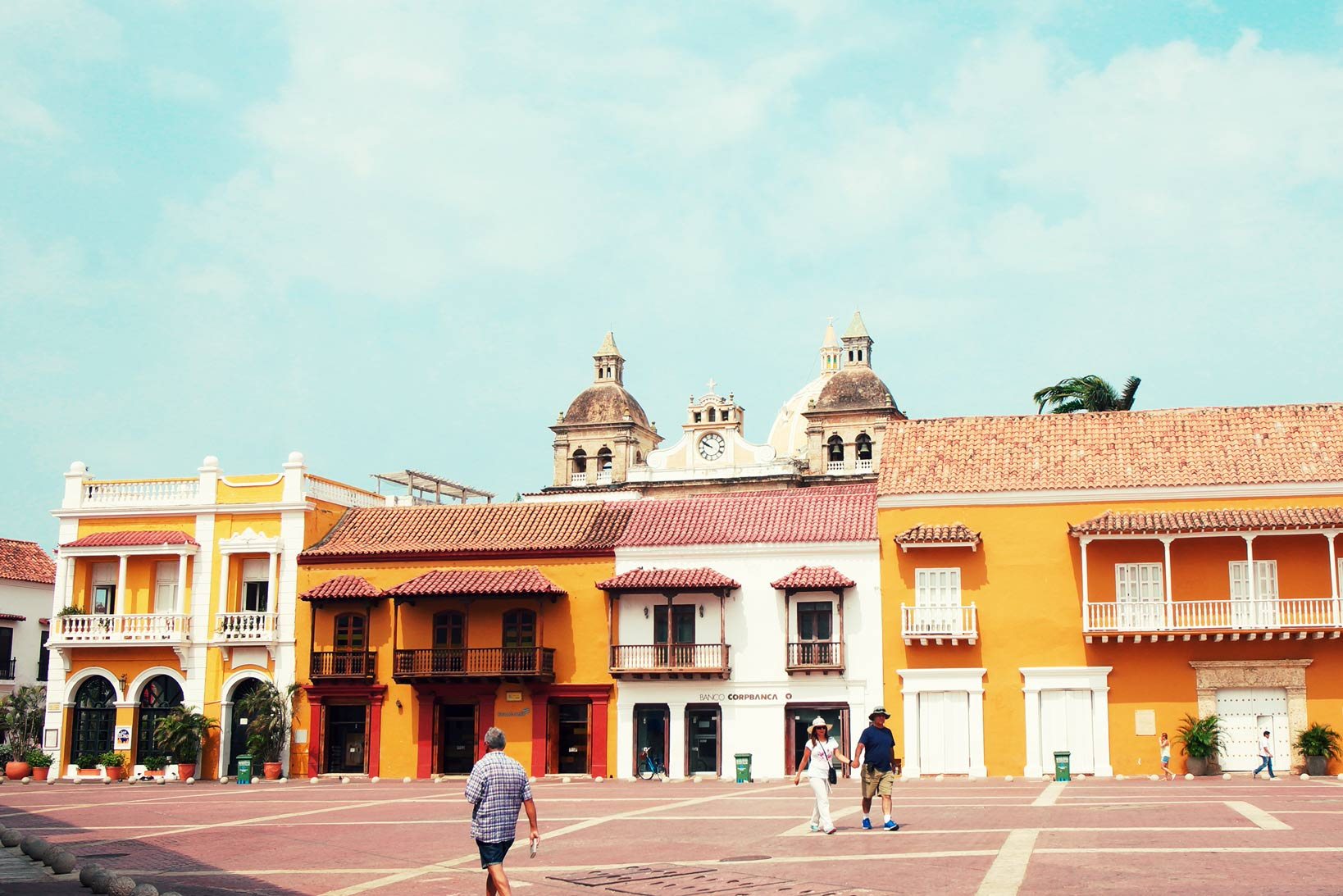
The vast and elegant Plaza de la Aduana accommodates the Customs building that was formerly the residence of Pedro de Heredia, who founded Cartagena. Although it has witnessed many historical events and undergone a number of tentative name changes (Plaza Colón or Plaza Rafael Nuñez), locals continue to refer to it as Plaza de la Aduana.
4-Plaza de Pedro Claver
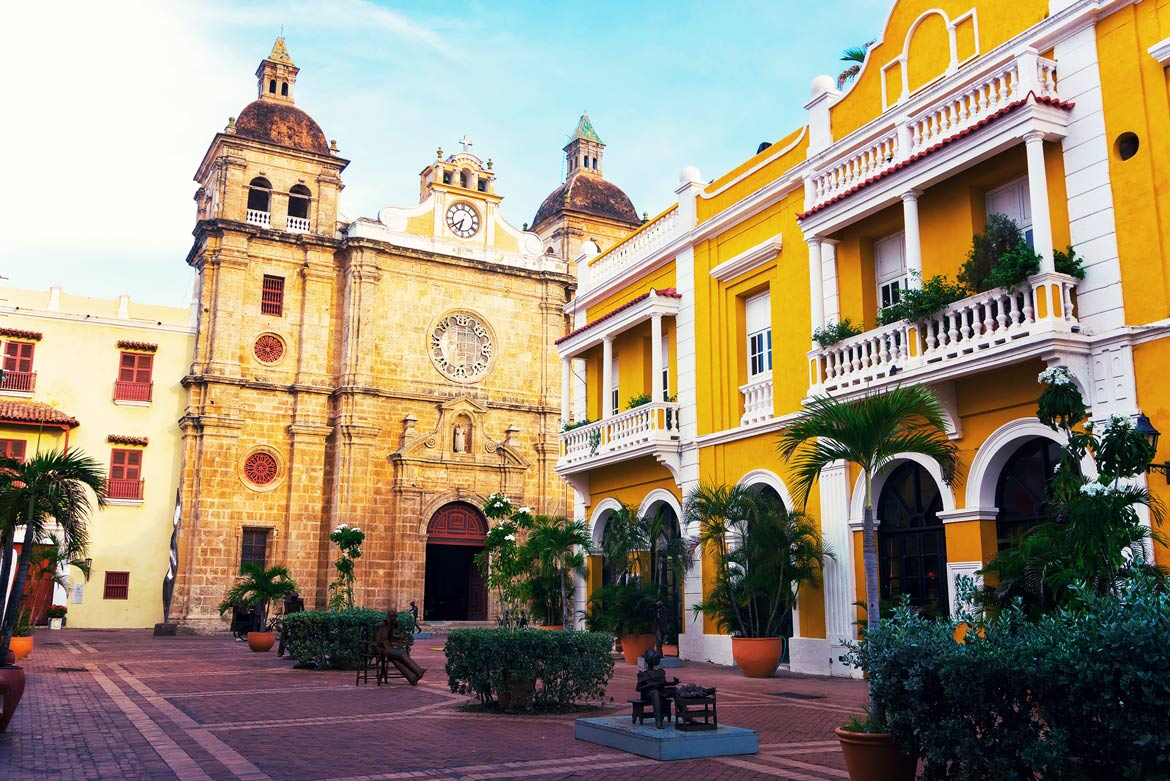
Formerly known as Plaza de San Juan de Dios or Plaza de San Ignacio, this small area contains gorgeous yellow and blue colonial buildings, a convent, and a church that shares the same name and was built in the early 18th century with a Jesuit style. It was renamed as a tribute to San Pedro Claver, a priest who fought for and defended the interests of black residents (he was known as the slave of slaves) and who was buried here.
5- Plaza de Santo Domingo
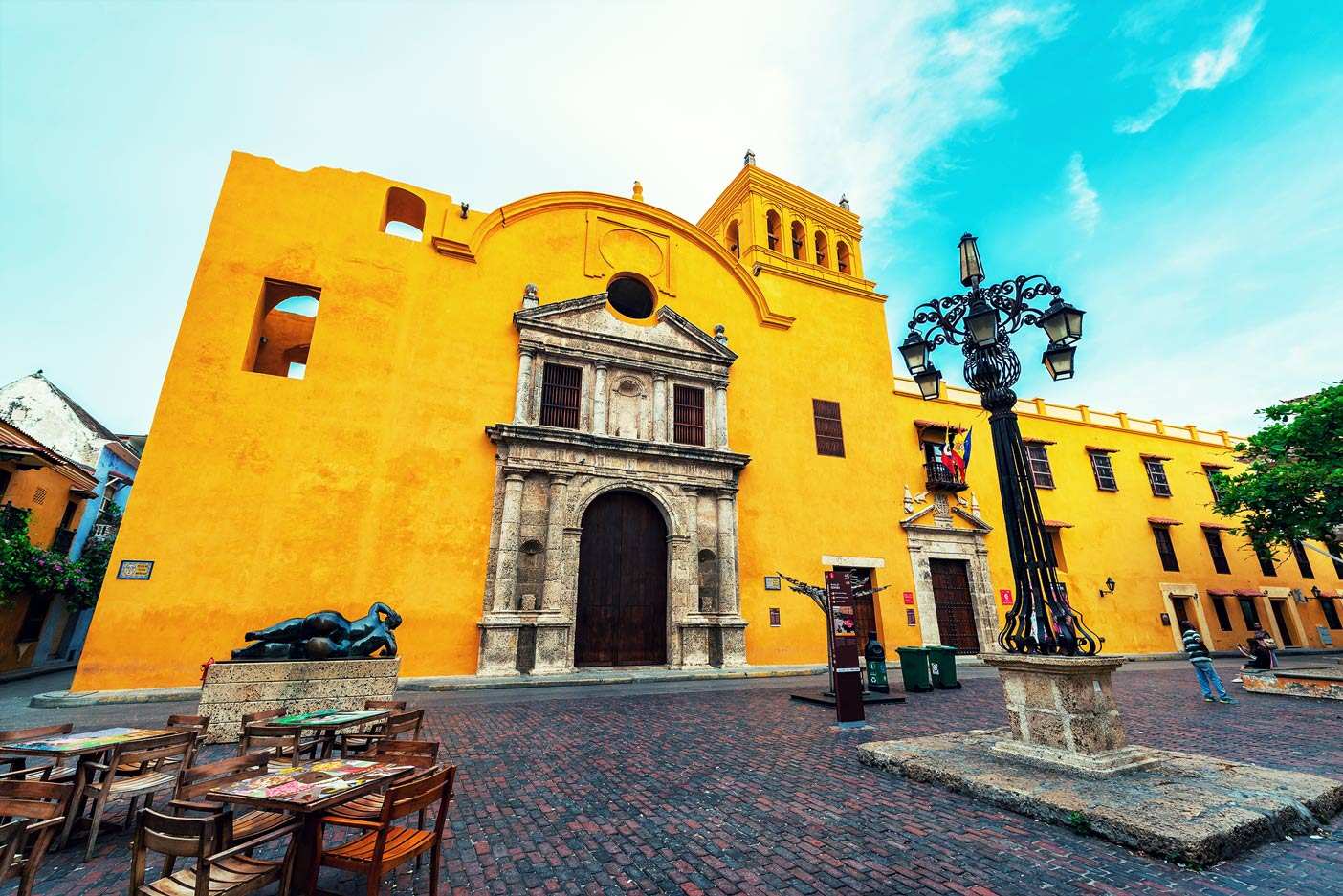
Named after the church located in one of the corners, this plaza is better known as Plaza de la Gorda because of the famous Botera sculpture of a reclining woman gazing at herself in a mirror between the tables of the cafés and restaurants that stay open until dawn. Legend says that if a person touches her bust, they will be lucky in love and also return to the city. It’s worth giving it a try, just in case.
Read also: Cuba Hemingways "feast" in Havana never ends
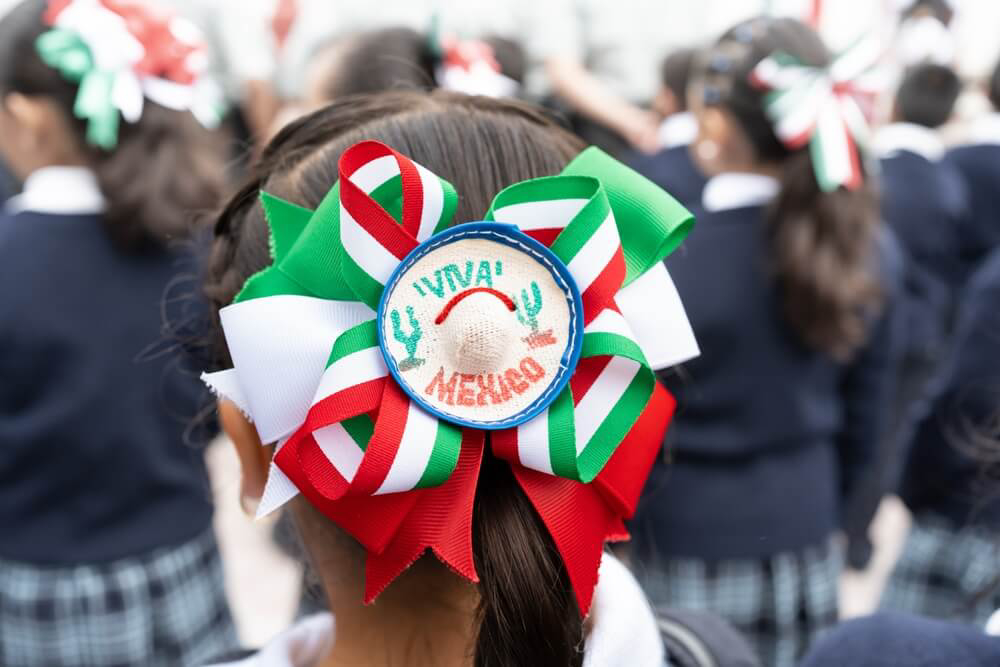
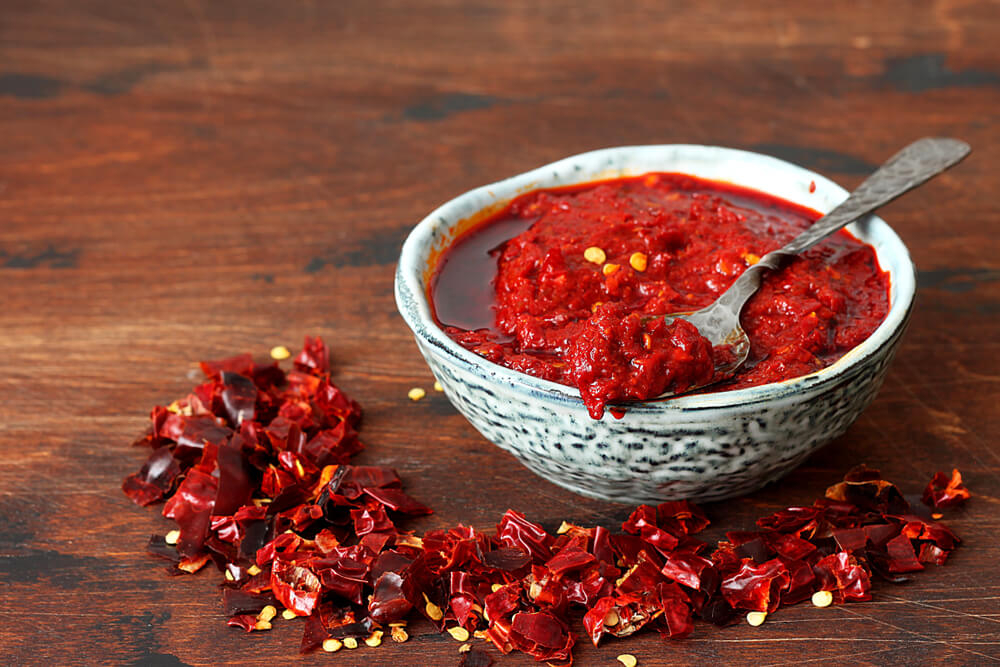
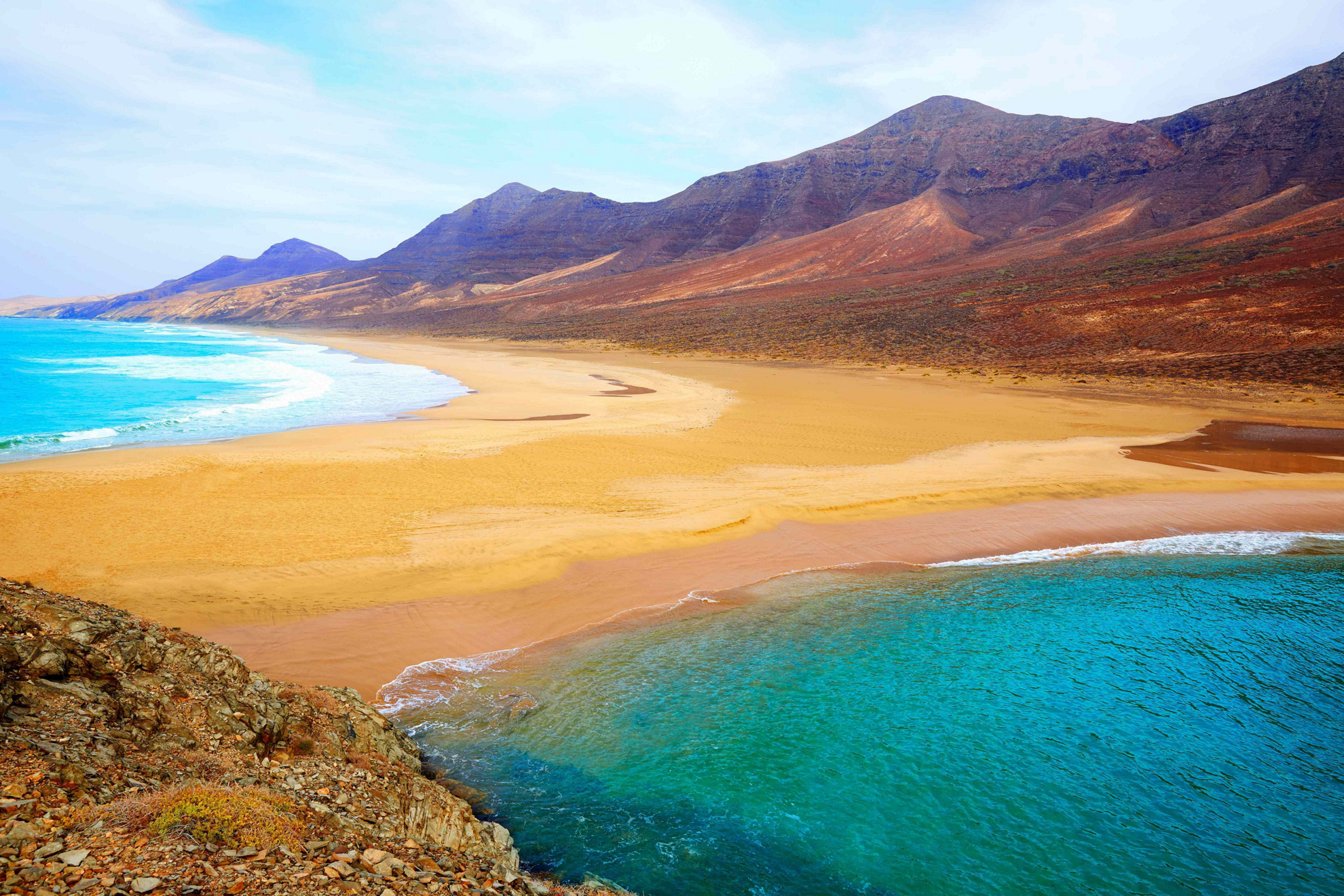

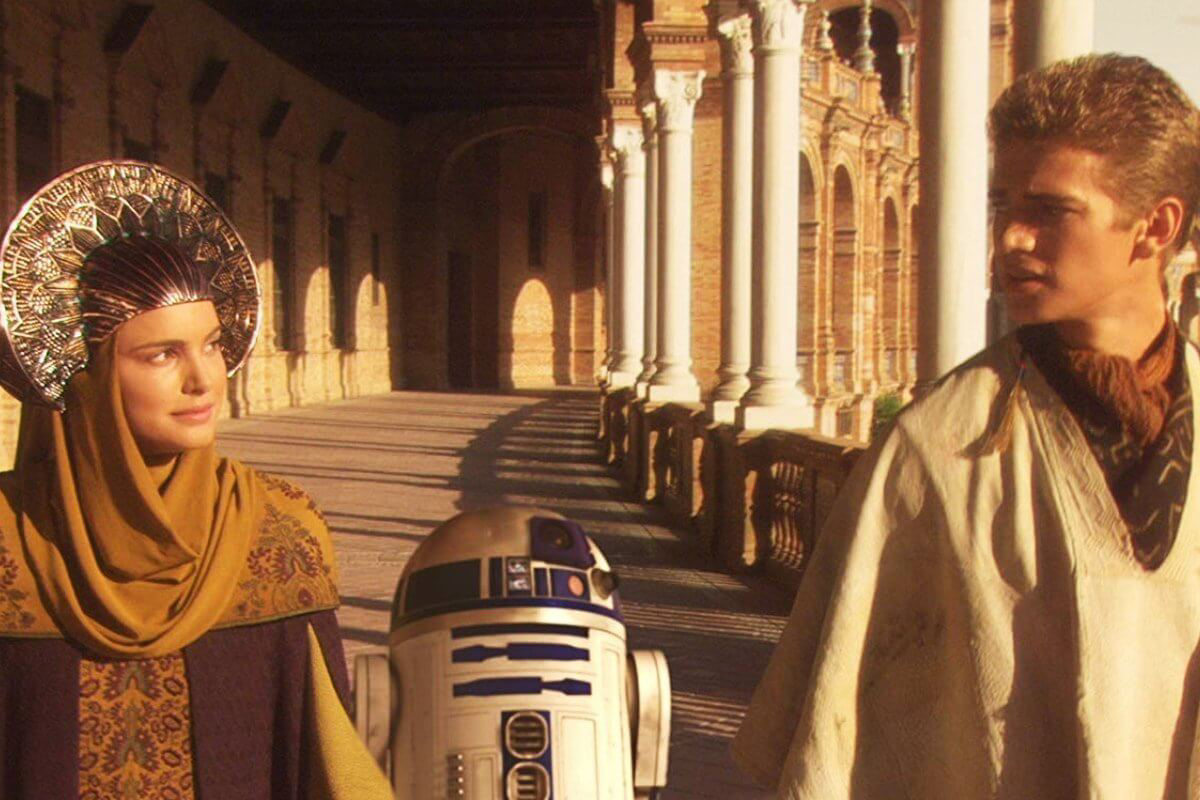

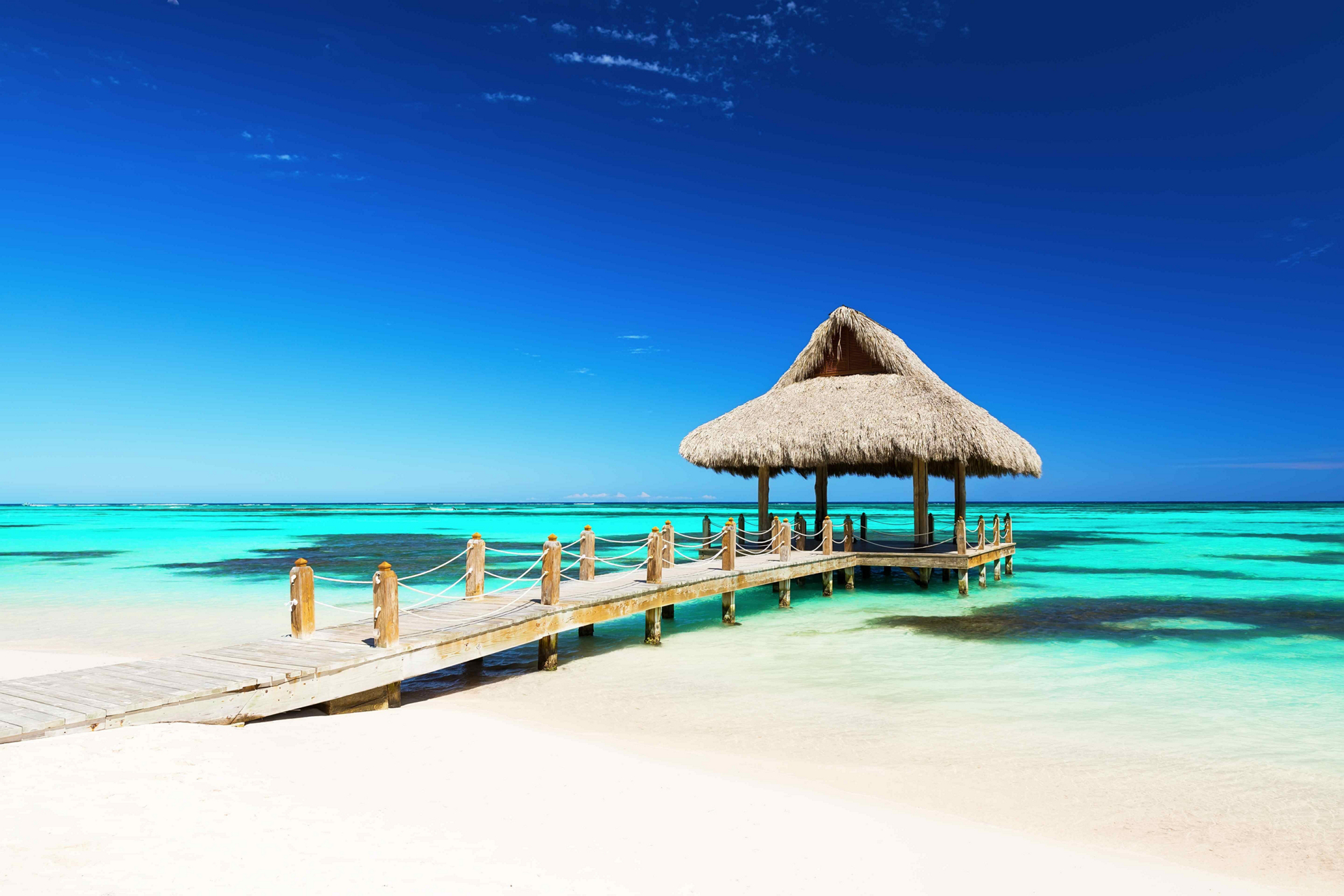

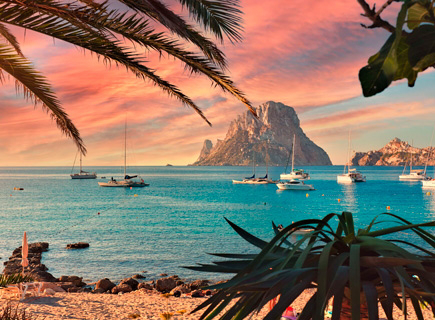
_435x320?&)

